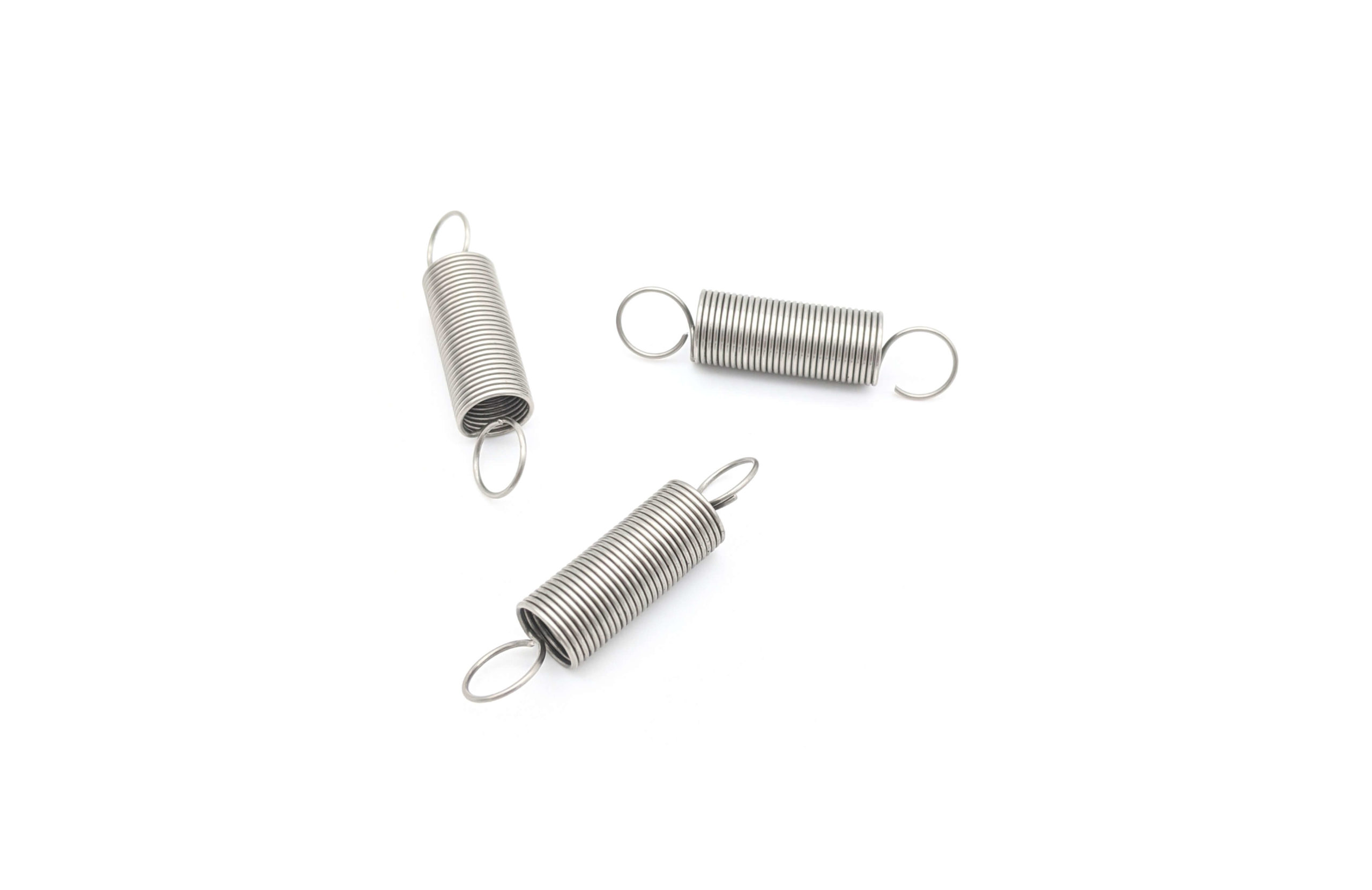Get unique, complex parts easily. No matter your requirements, Chaoyi Spring creates hard-to-produce coil springs and wire forms.
Let us help you create the custom wire form you need, from S-hooks and J-hooks to utility hooks and more.
We work closely with customers across a wide range of industries, helping them design and manufacture made-to-order parts.
Why choose Chaoyi Spring? We prioritize customer-focused collaboration, modern equipment and the latest technology to make your parts per print.
Find the information and guidance you need, from measuring a spring to learning about materials, placing an order and much more.
Coil springs, those ubiquitous helical wonders, are found in everything from car suspensions to door hinges. But what happens when you need to compress one without the luxury of specialized


Coil springs, those ubiquitous helical wonders, are found in everything from car suspensions to door hinges. But what happens when you need to compress one without the luxury of specialized tools? Don't despair! This article will equip you with safe and effective methods to compress coil springs using readily available household items.

Compressing a coil spring without tools presents a unique set of challenges. The spring's inherent elasticity means it will resist compression with a force proportional to the amount of compression. This can make it difficult to achieve the desired level of compression, especially for larger, stiffer springs. Moreover, safety is paramount. Uncontrolled compression can lead to injury, so caution is essential.
The key to compressing a spring without tools lies in leveraging everyday objects to multiply your force. Think of a seesaw – the longer the lever arm, the less force is needed to lift a weight. Let's explore some practical methods that employ this principle:
If you have a heavy-duty C-clamp, it can serve as your lever. However, this method requires a sturdy surface to secure the C-clamp:
This method leverages the power of a wedge to gradually compress the spring. You'll need a sturdy piece of wood, a hammer, and a wedge-shaped object (such as a thick piece of wood or a metal bar):
This method is particularly effective for compressing springs that are relatively short and have a medium level of stiffness. You'll need a sturdy lever (such as a pry bar or a long, thick piece of wood), a block of wood, and a firm, stable surface:
While these methods can be effective, safety should always be paramount. Here are some essential tips:
Compressing a coil spring without tools can be achieved using ingenuity and some common household items. Remember to prioritize safety, use proper technique, and always be mindful of the spring's limitations. By following these guidelines, you can successfully compress those springs and accomplish your DIY projects without the need for specialized tools.
While these methods offer effective solutions for compressing coil springs, it's essential to acknowledge that they may not be appropriate for every situation. If you encounter a spring that is exceptionally large, heavy, or stiff, or if you're unsure about the best approach, it's always wise to consult with a professional mechanic or engineer. Their expertise will ensure a safe and successful outcome.
Browse some of the custom wire forms and springs that we manufacture. Don’t see what you need? We specialize in made-to-order products that meet your application requirements.
Visit Our GalleryNeed a custom wire form or coil spring? We make it work. Fill out the contact form and a representative will respond within 1 business day. If you have a PDF or CAD file, you can submit to request a quote.